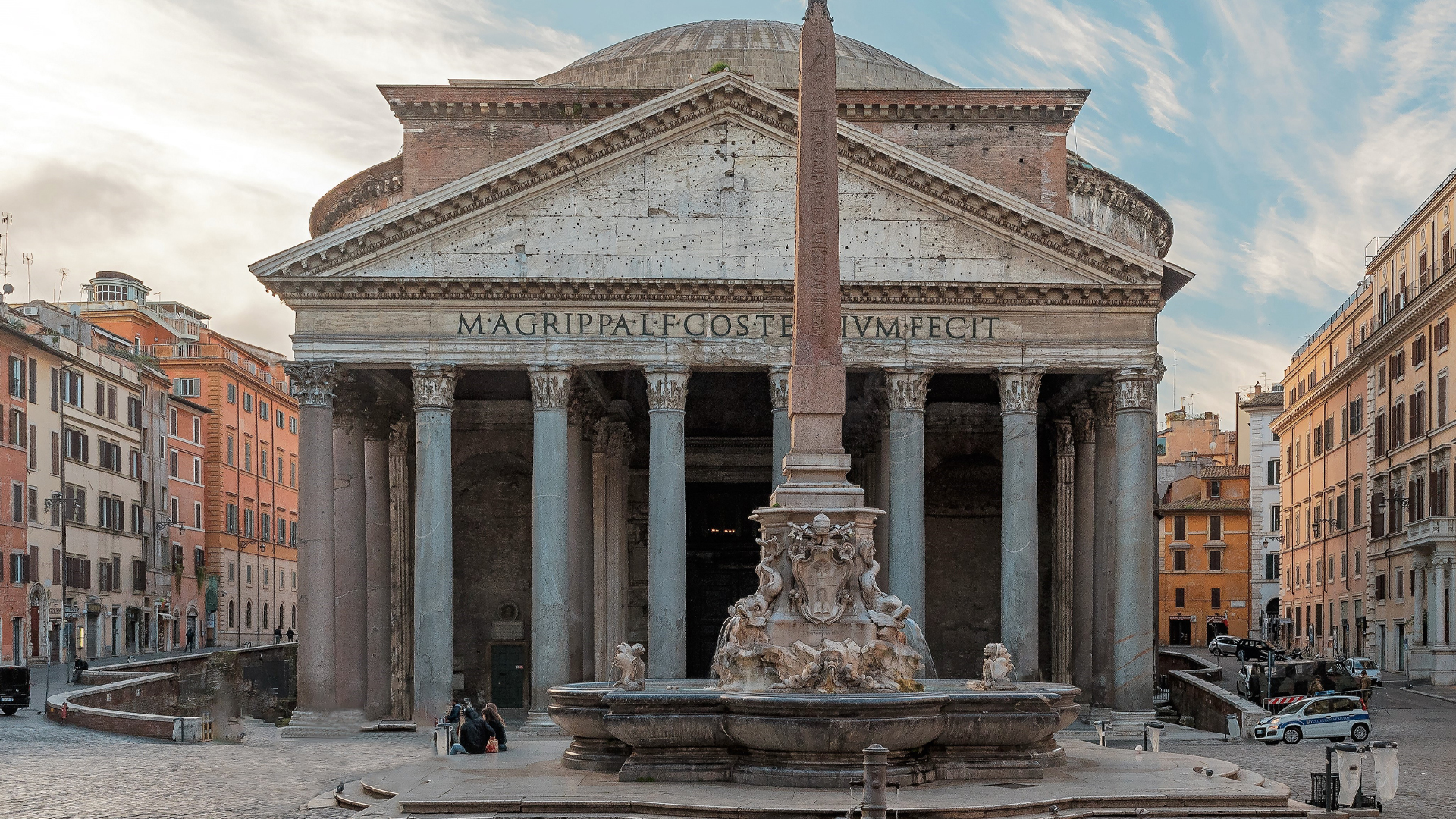On March 16, Italian culture and church officials decided to charge a €5 ($5.28) entrance fee to visit Rome’s pantheon. Under the new plan, visitors under the age of 25 will need to pay €2, while entrance will be free to Rome residents, minors, personnel of the basilica, and those attending religious services in the Pantheon, according to ABC News.
Officials say that the proceeds will be split between the culture ministry, which will receive 70%, and the Rome diocese, which will receive 30%. The culture ministry will take on the costs of “ordinary and extraordinary maintenance and cleaning,” of the ancient structure, while the Rome diocese will use its finances for “charitable and cultural activities and for the maintenance, conservation, and restoration of state-owned churches,” in the city, according to Wanted in Rome.

The giant domed structure of the Pantheon is widely considered to be one of the best-preserved monuments of ancient Rome, largely due to its conversion into a Catholic church. The Pantheon is believed to have been constructed around 126 and 128 AD during the reign of Emperor Hadrian. According to History.com, it’s built upon the remains of a structure of the same name, constructed around 25 BC by the son-in-law of Emperor Augustus, the statesman Marcus Agrippa.
There are very little historical documents remaining regarding the Pantheon’s architect and the purpose for its construction, but historians mostly believe it was built as a temple for Roman gods. According to History.com, the structure’s name is derived from the Greek word “pan” meaning “all,” and “theos,” meaning “gods.”
In 330, Emperor Constantine transferred the capital of the Roman Empire from Rome to Byzantium, and the Pantheon fell into disrepair for close to three centuries, according to History.com. In 609, Pope Boniface IV asked the Byzantine emperor Phocas to convert the Pantheon into a Christian church, making it the first Roman pagan temple to be consecrated as such.
Asia London Palomba
Asia London Palomba is a trilingual freelance journalist from Rome, Italy. In the past, her work on culture, travel, and history has been published in The Boston Globe, Atlas Obscura, The Christian Science Monitor, and Grub Street, New York Magazine's food section. In her free time, Asia enjoys traveling home to Italy to spend time with family and friends, drinking Hugo Spritzes, and making her nonna's homemade cavatelli.

